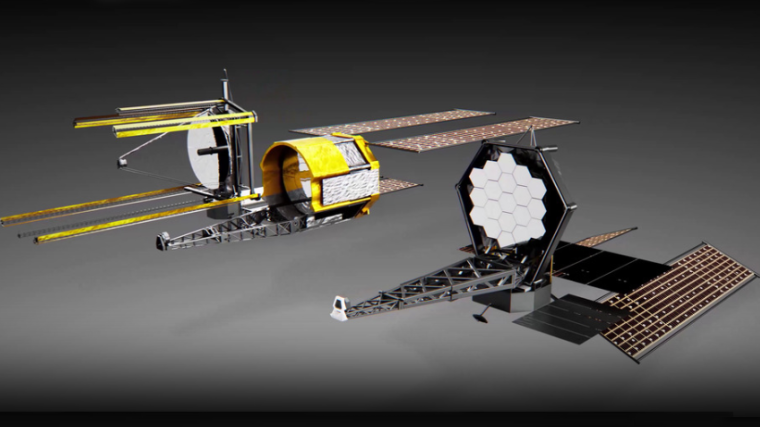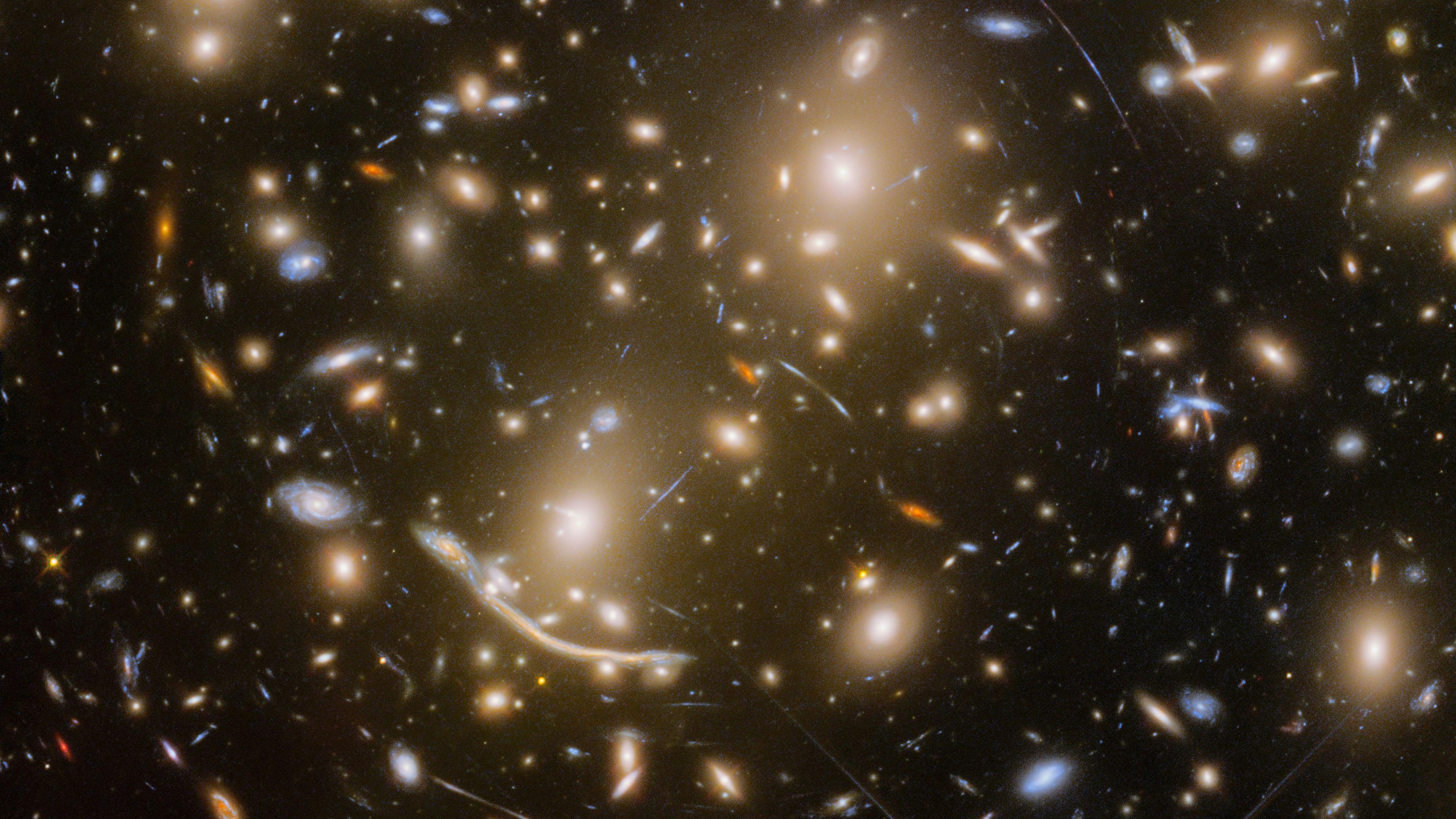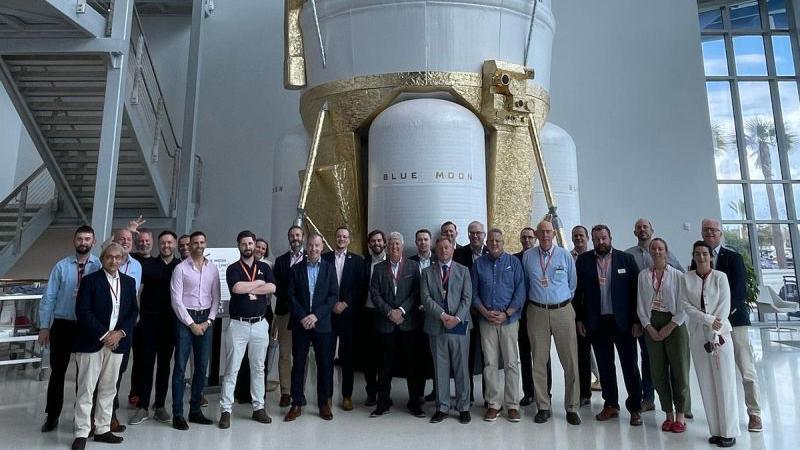Camera being designed to search for alien life

The new camera will be fitted to the Nasa's Habitable Worlds Observatory and used to examine rocky planets
- Published
Scientists at Durham University are helping to develop a new type of camera intended to help search for life on distant planets.
Researchers there are part of a UK team designing a high-resolution imaging camera to be used on Nasa's Habitable Worlds Observatory (HWO) mission.
HWO will be the first telescope specifically designed to find Earth-like planets and examine them for signs of life.
Prof Richard Massey of Durham University said the new technology would be the "21st Century's Hubble Space Telescope" and could help make a number of major discoveries.
Measuring rocky planets
"As well as looking for life, a telescope that amazing will watch collisions of asteroids in our solar system, stare into black holes, and solve the mystery of dark matter," he said.
Nasa's HWO mission is expected to launch in the early 2040s.
Rocky planets like Earth are difficult to study as they are positioned close to stars and cannot be viewed due to their brightness.
The telescope will use an instrument called a coronagraph to block out the bright glare and allow rocky planets to be seen for the first time.
It is hoped the camera will be able to measure a planet's mass and inspect its atmosphere for chemical signs of life.
The UK hardware team is led by University College London and includes scientists and engineers from the University of Portsmouth, RAL Space, the UK Astronomy Technology Centre and Durham University.
It is one of two groups funded by the UK Space Agency to investigate the feasibility of a UK-led high-resolution imager.
The other group is led by the University of Leicester.
Follow BBC North East on X, external, Facebook, external, Nextdoor and Instagram, external.
Get in touch
Do you have a story suggestion for BBC Wear?
More stories
- Published9 January

- Published23 June
